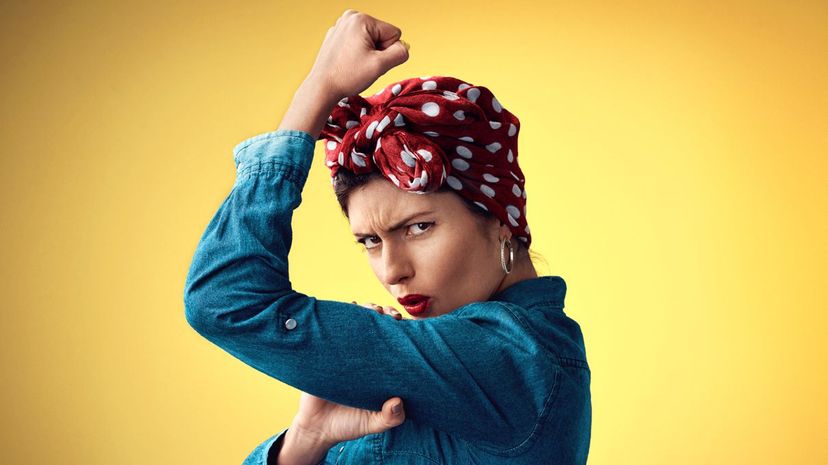
About This Quiz
The old saying on purple bumper stickers claims that "Well-behaved women rarely make history.†Is that true? Who are the women who have made history? Do we need a separate category for women's history? That's what the writer of the 1970s book, Herstory: A Woman's View of American History, thought. Even though the word "history†does not at all come from "his story,†(but from the French histoire, meaning "storyâ€), the term "herstory†certainly grabs attention.
The attention-grab highlights the reality that history books, for most of history, have left out the thoughts and actions of women, telling the narratives of men in power instead. It wasn't until the women's movement gained traction in the 1960s and '70s that "women's history†came into being as a field of study. What does it cover?
While history had typically been concerned with political events that glossed over or outright ignored the role women played in them, a history of women's experiences also required a look into the events of daily life and culture. Women's history acknowledges that even those parts of life we think of as private have political consequences, like deciding whether or not to have a baby, for instance. This one decision can encompass issues of healthcare, employment, discrimination, and bodily autonomy.
How much do you know about women in history? Let's open the Herstory book and see!
Advertisement
Advertisement
Advertisement
Advertisement
Advertisement
Advertisement
Advertisement
Advertisement
Advertisement
Advertisement
Advertisement